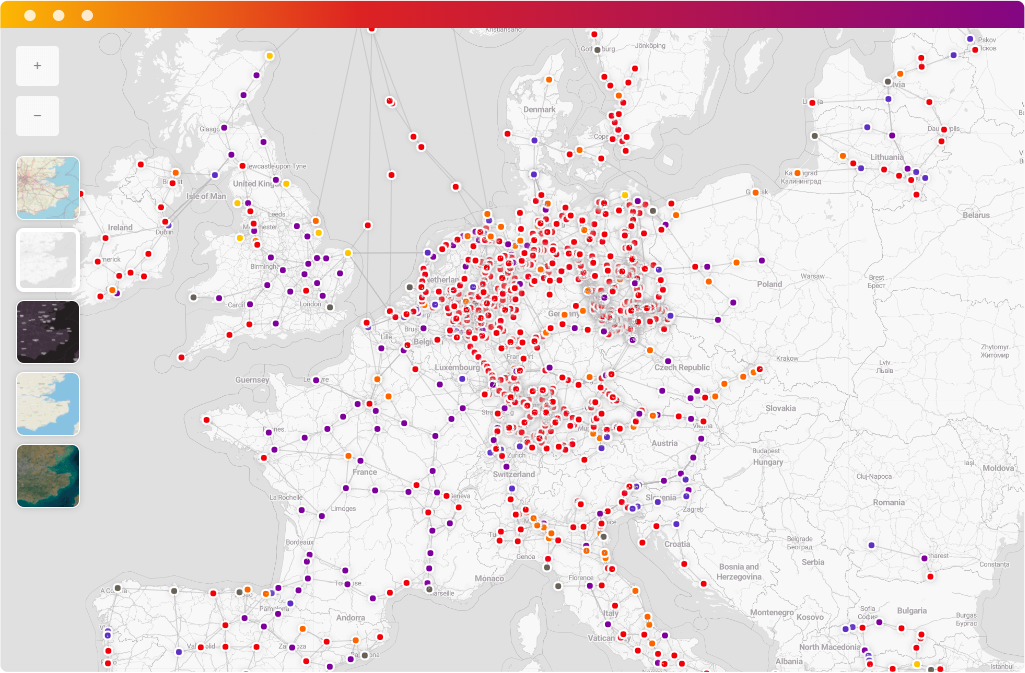Memgraph is an open source graph database built for real-time streaming and compatible with Neo4j. Whether you're a developer or a data scientist with interconnected data, Memgraph will get you the immediate actionable insights fast.
Memgraph directly connects to your streaming infrastructure. You can ingest data from sources like Kafka, SQL, or plain CSV files. Memgraph provides a standard interface to query your data with Cypher, a widely-used and declarative query language that is easy to write, understand and optimize for performance. This is achieved by using the property graph data model, which stores data in terms of objects, their attributes, and the relationships that connect them. This is a natural and effective way to model many real-world problems without relying on complex SQL schemas.
Memgraph is implemented in C/C++ and leverages an in-memory first architecture to ensure that you’re getting the best possible performance consistently and without surprises. It’s also ACID-compliant and highly available.
- Run Python, Rust, and C/C++ code natively, check out the MAGE graph algorithm library
- Native support for machine learning
- Streaming support
- Replication
- Authentication and authorization
- ACID compliance
You don't need to install anything to try out Memgraph. Check out our Memgraph Playground sandboxes in your browser.
You can find the binaries and Docker images on the Download Hub and the installation instructions in the official documentation.
Check out Memgraph Cloud - a cloud service fully managed on AWS and available in 6 geographic regions around the world. Memgraph Cloud allows you to create projects with Enterprise instances of MemgraphDB from your browser.
Connect to the database using Memgraph Lab, mgconsole, various drivers (Python, C/C++ and others) and WebSocket.
Visualize graphs and play with queries to understand your data. Memgraph Lab is a user interface that helps you explore and manipulate the data stored in Memgraph. Visualize graphs, execute ad hoc queries, and optimize their performance.
Import data into Memgraph using Kafka, RedPanda or Pulsar streams, CSV and JSON files, or Cypher commands.
The Memgraph documentation is available at memgraph.com/docs.
Command line options that Memgraph accepts are available in the reference guide.
The main purpose of this repository is to continue evolving Memgraph, making it faster and easier to use. Development of Memgraph happens in the open on GitHub, and we are grateful to the community for contributing bug fixes and improvements. Read below to learn how you can take part in improving Memgraph.
Memgraph has adopted a Code of Conduct that we expect project participants to adhere to. Please read the full text so that you can understand what actions will and will not be tolerated.
Read our contributing guide to learn about our development process and how to propose bug fixes and improvements.
Read our internal docs to learn more about Memgraph's architecture, how to build the project from source and how to start contributing. All information related to the database, can be found in the aforementioned docs.
Memgraph Community is available under the BSL
license.
Memgraph Enterprise is available under the
MEL license.
- 💜 Discord
- 🌊 Stack Overflow
- 👥 Discourse forum
- 🎥 YouTube




















